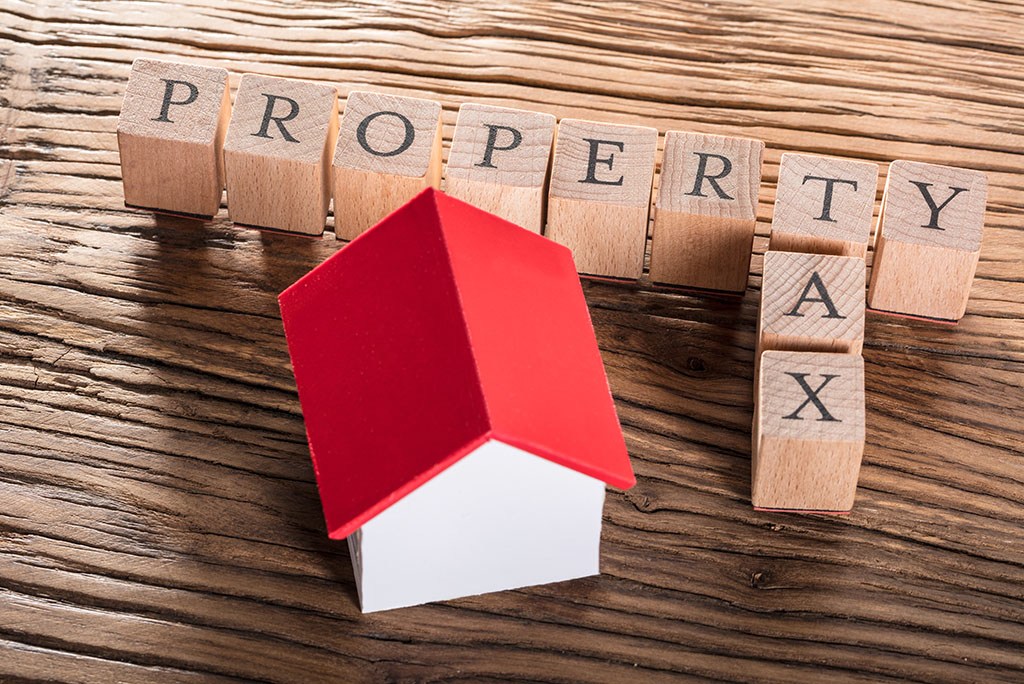Buying a Home? How Property Taxes are Calculated on a New Home

Buying a new home is incredibly exciting. It’s also a lot to think about, particularly in terms of budgeting and financing. And one of the big financial factors that you have to consider are property taxes, particularly how property taxes are calculated on new homes and what you can expect to spend each year.
Homeowners—and especially new homeowners—are often confused about property taxes, and understandably so. If it’s your first time buying a house, you likely aren’t familiar with property taxes, and depending on where you live, you may be surprised to learn just how much they are (sorry, New Jerseyans). But it’s crucial that you calculate property taxes prior to making a new home purchase so that you can get as accurate of an idea as possible about what your monthly and annual home-related expenses will be.
Feeling a little bit overwhelmed? We hear you. To help you out, we’ve put together this quick property tax explainer for new homebuyers, including information on how property taxes are calculated and why you need to pay them in the first place.
What Are Property Taxes?
Property taxes—sometimes referred to as millage taxes—are a tax levied on property (most typically real estate property) by county governments. Because the rates are determined county by county, you’ll find a pretty large variance in property tax rates across the country, from averages as high as 1.89% (New Jersey) to averages as low as 0.18% (Louisiana). These rates are percentages of your home’s assessed value, meaning the higher the value of your home, the more you’ll have to pay.
What Do Property Taxes Pay For?
Nobody likes to pay a big tax bill, but if it’s any consolation, your property taxes go to some pretty important things. This includes schools, roads, police forces and other public safety initiatives, libraries, and local government salaries.
How Property Taxes are Calculated
Your local property tax rate is applied to the assessed value of your home in order to come up with the amount that you owe. In each jurisdiction, a local taxing authority sets a rate that each home will be taxed at. You may see this rate referred to as a mill rate or a millage rate. This rate can (and often does) change from year to year, and is based on the needs of the local city and county governments, as well as the needs of local school districts.
The first step in how property taxes are calculated is coming up with the assessed value of a home, which is different from its market value. Some states calculate the assessed value of homes differently. In California, for example, a home’s assessed value is based on its purchase price. Other states assign the assessed value as a percentage of a home’s market value, or by using other predetermined methods.
To figure out how property taxes are calculated on a home before you buy, look up the most recent assessed value of the property (most counties assess homes every other year) and the current property tax rate—then do the math (your assessed value x your property tax rate = the amount you’ll owe in property taxes). To make it simple, use a property tax calculator like the one provided by SmartAsset.
This amount is usually owed either annually or semi-annually, and is generally split up over two payments. Note that your lender will collect money toward your property taxes in escrow, so this annual payment likely won’t be all out of pocket. In fact, some lenders just wrap your annual property taxes into your monthly mortgage payment, so you pay toward it every month regardless.
How Your Home’s Value is Determined for Property Taxes
County tax assessors don’t just look at the sale price of your home to figure out what its value is. Instead, they do their own valuations taking into account things like square footage, acreage, home features, the home’s age, and so on. With new build homes, things like construction material and labor costs are often taken into account as well.
There are other methods a tax assessor may use to value your home as well. This includes the income method, which bases the value off of how much you could make on the home if it were rented out (accounting for maintenance and management costs), and the sales evaluation method, which heavily prioritizes community features and local market trends.
Talk to your realtor to find out how property values are assessed for tax purposes in your locality. In addition to giving you some insight there, your realtor should also be able to clue you in on the property tax history of the home you are buying, as well as information on how property tax rates have changed over time in your area.
Think the assessed value of your home is incorrect? You can appeal it. Reach out to your local taxing authority for information on how to do so.
Putting Property Taxes Into Perspective
Knowing what you’ll likely be paying in property taxes every year is just as important as knowing what your monthly mortgage payments are going to be. That’s because determining ancillary costs—everything from taxes to utility bills to estimated home repair and maintenance costs—is necessary for figuring out what you can actually afford. Divide your property taxes by 12 to put them into perspective alongside your monthly mortgage payments, and try to ensure that this total is no more than 25% of your net income every month.
If you’re interested in buying a home, consider its attached property taxes to be as instrumental in your decision making as its asking price. You may also want to use property tax rates to guide which counties you look to buy in, since something as simple as moving to the next zip code could mean big tax savings.
https://www.moving.com/tips/how-property-taxes-are-calculated-on-a-new-home/






